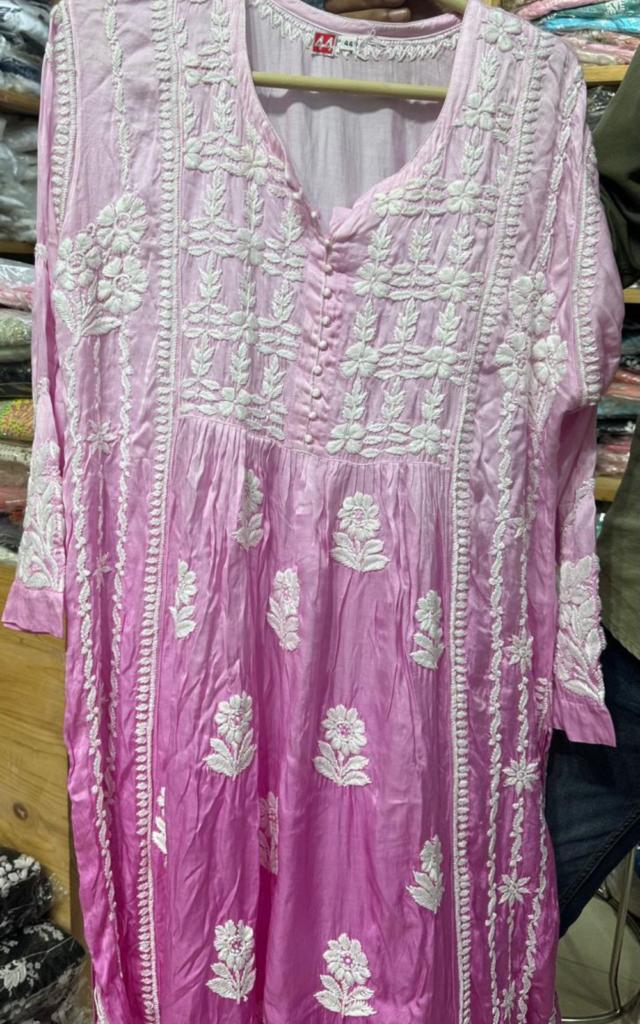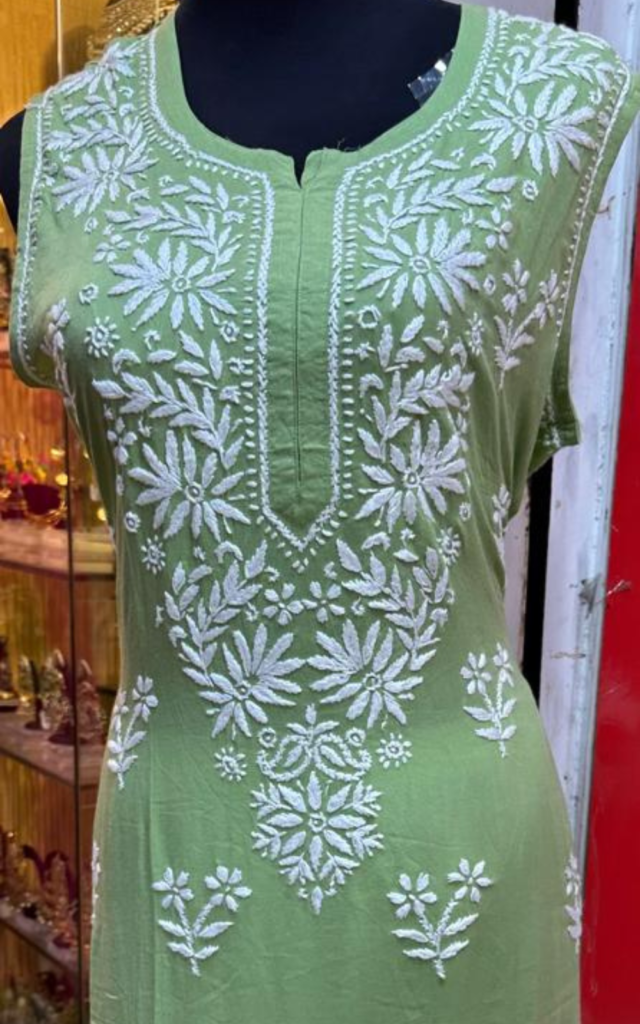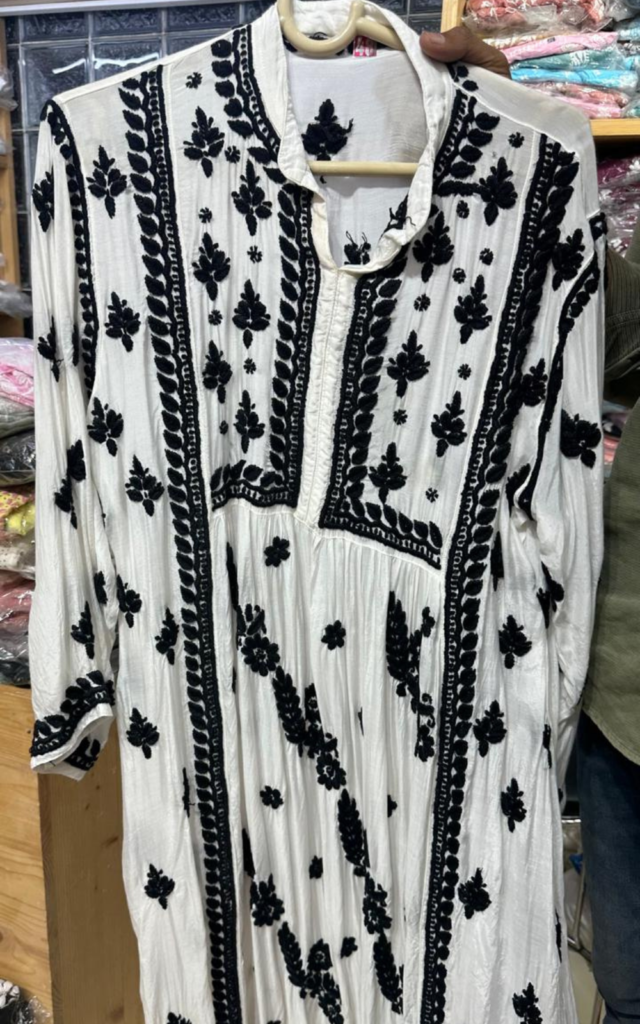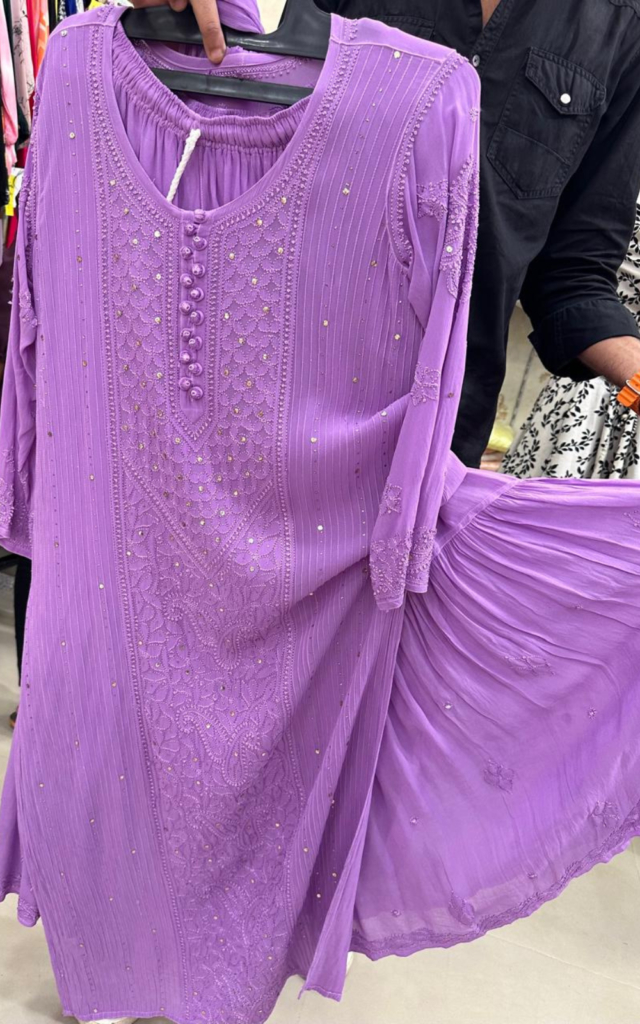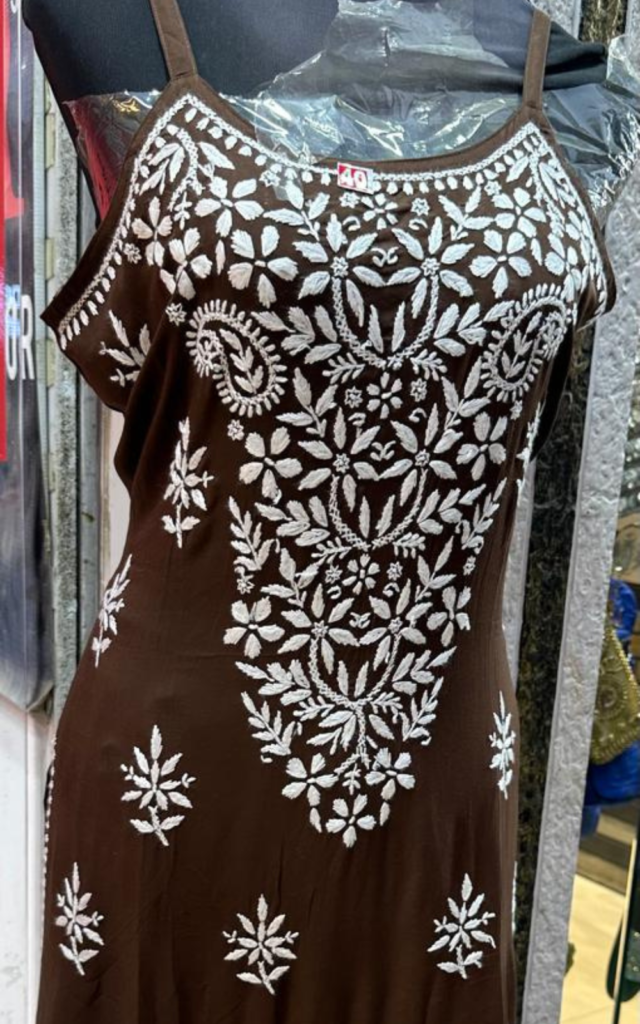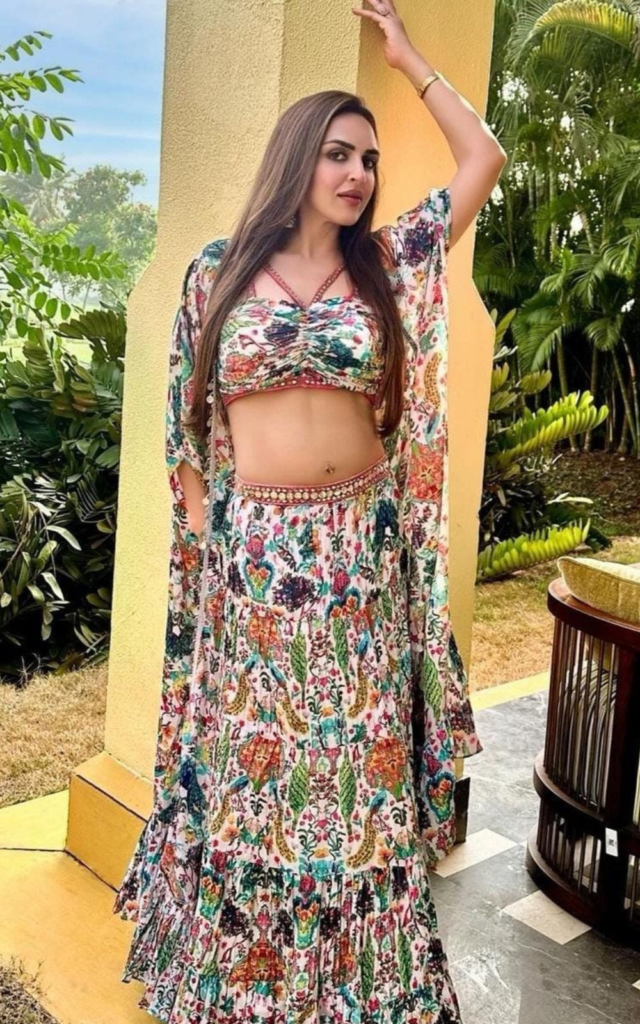Products
Sophiya Khan's
Hindustan Fashion Company
Specialized in Chikankari work of Lucknow and bridal wears of pure Zari and Zardoozi work of gharana of nawabs of Lucknow city

Lucknow, Uttar Pradesh's state capital, is known worldwide for its distinctive Chikankari embroidery. Although chikankari work is done worldwide, traditional Lucknow chikankari is distinct because it uses floral patterns and creepers throughout the fabric.
Chikankari is also known as Lucknowi Chikan, Lucknow Chikankari, or Chikan Embroidery. Lucknow has been the centre of manufacturing exquisite Chikan craftsmanship for over 200 years. The collapse of the Mughal court resulted in a significant loss of artisans and industry. Thus, it was afterwards patronised by Nawabs. Most clothing is stitched first and then embroidered, although things such as suit material, skirts, Chikankari saris, and table linen, among others, are embroidered first and then finished.


The traditional way of manufacturing Lucknawi Chikankari Garments
Chikankari was initially done on fabrics such as Muslin and Mulmul, commonly known as “Tanzeb.” Still, due to the expanding fashion industry, it is usually done on silk, nets, georgette, cotton, chiffon etc.
Chikankari is a method and procedure that includes delicate and artistic hand stitching on various textile fibres. Highly detailed work uses basic instruments to adorn stunning motifs on plain or light-coloured fabrics.
- The first stage is fabric cutting and styling, which involves the tailor cutting the cloth into the desired form. After cutting, the tailor sews the garment using a running stitch.
- Depending on the garment’s design, several patterns of wood planks are constructed, such as floral, but is, or borders. The material is immersed in a colour solution that combines glue and indigo. This process is also called“Chhapayi”.
- The images are embossed on semi-stitched cloth with dye-dipped pattern blocks. The designer colours the tile and places it on the fabric spread out on the tabletop.
- Artisans embroider over the printed fabric using a needle, thread, and the frame where the cloth is set. Various chikan stitches, such as Bakhiya, Phanda, Keel Kangan, Pechni, and others, are used to construct multiple designs, such as motifs or butis.
- Following the completion of the embroidery, the cloth is soaked in water and washed to eliminate the block imprinted blue colour. The rigidity in chikan products is achieved by starching and pressing the material.
The fabric used for Chikankari Work
What fabric is used to make the evergreen Chikankari saree? Coloured fabric and threads are utilised in addition to the white foundation cloth. Silk and cotton threads are used for embroidered work on drapes, dupattas, table linen, and kurtas. Chikankari is mainly done on cotton, although it may also be done on mulls/malmal, maslins, organzas, and polyester. Chiffon, viscose, georgette, polyester georgette, cotton crepe, and net are a few more. The patterns vary monthly to reflect market trends, with colours that complement the season.

Satin Modal Kurta Pant Set with Chikankari Hand-Embroidery

Chanderi Silk Kurti with Cutdana and Shadow Hand Embroidery

Mulmul Cotton Printed Kurta and Dhoti Style Pant with Lucknowi Handwork for Girls

Mulmul Cotton Dress Style Kurti
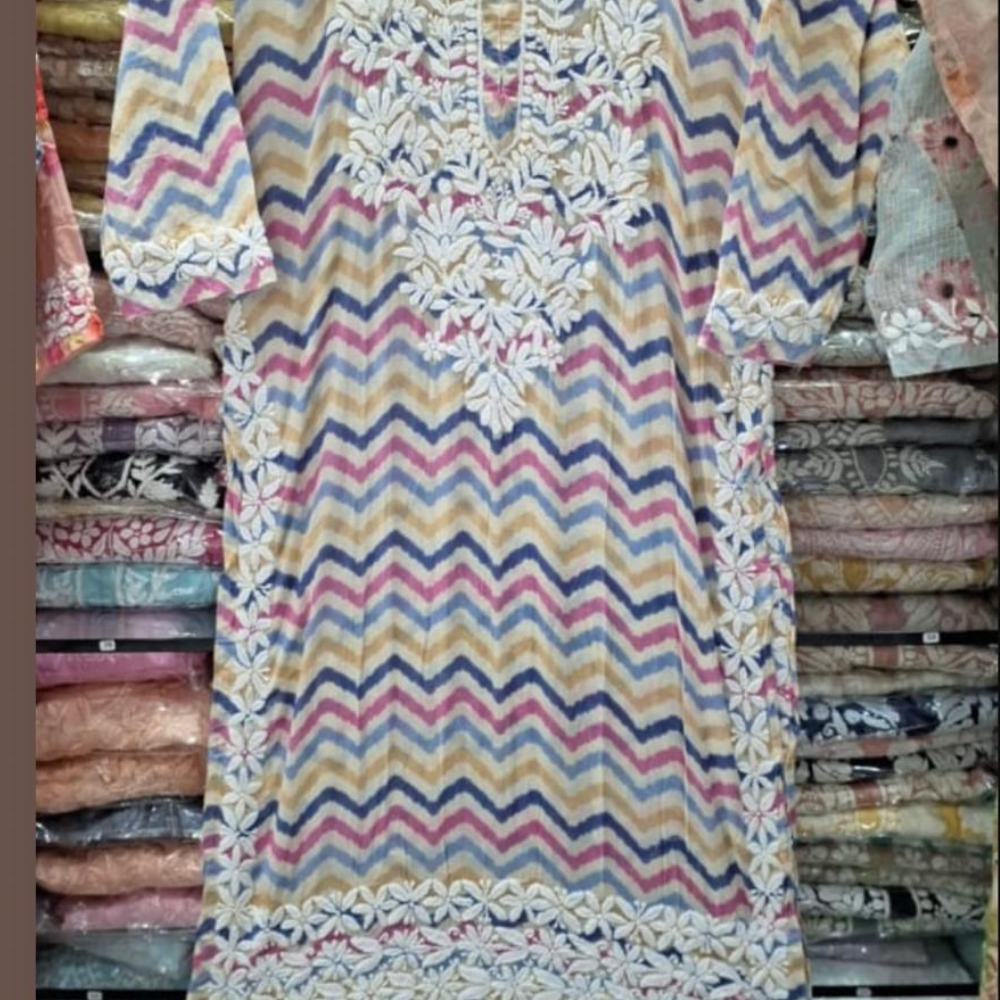
Lehreya Print Muslim Cotton Kurti with Chikankari

Pure Linen Straight Kurti with Chikankari Hand-Embroidery
